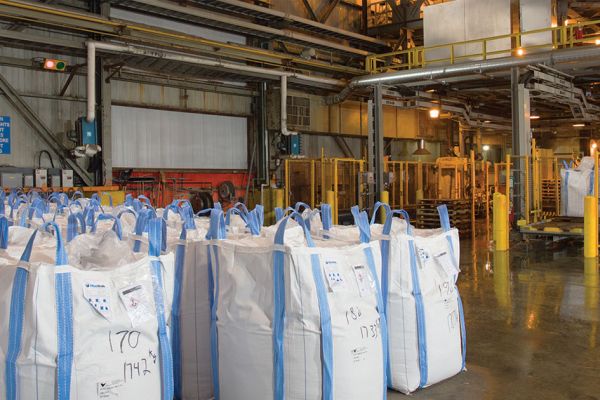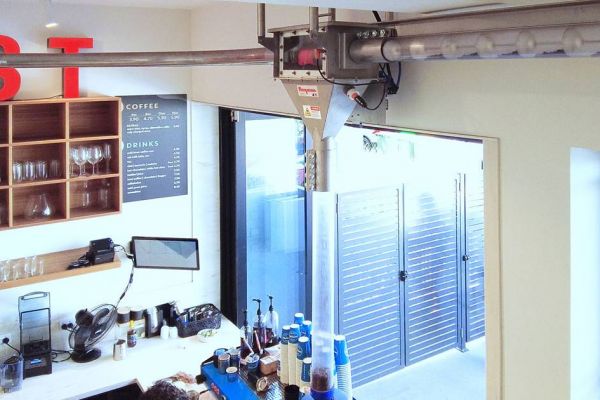For food processors in South Africa looking to significantly enhance production efficiency and maintain product integrity, advanced material handling solutions offer a compelling answer. This approach is exemplified by the success of tubular cable conveyor systems, a technology whose benefits are well-illustrated by a case study from our business division in Australia.
The Australian case study highlights how these systems can dramatically increase output while gently transporting fragile food items. Designed to move bulk materials—such as nuts, coffee beans, grains, or other delicate ingredients—through a sealed tube using a cable and disc assembly, this method minimizes product breakage and dust, ensuring a high-quality end product. Key benefits observed in such applications include:
- Increased Production Capacity: By automating and streamlining material transfer, businesses can achieve substantial increases in processing volume, with some companies boosting production by as much as 70%.
- Gentle Product Handling: The enclosed design and controlled movement protect fragile items from damage, preserving their quality and significantly reducing waste.
- Improved Hygiene and Safety: The sealed nature of the conveyors prevents contamination and creates a cleaner, safer working environment by containing dust and spills
- Operational Efficiency: Seamless integration of these systems into existing plant-wide control systems allows for advanced automation, reducing manual labor and the potential for human error.
- Local Support and Customization: The success in Australia also underscores the importance of partnering with suppliers who offer local manufacturing and support. This ensures that solutions are specifically tailored to operational needs and that ongoing maintenance and assistance are readily available.
By leveraging insights from successful implementations, such as the one by Flexicon Australia, South African food processing facilities can explore how similar proven material handling technologies can optimize their operations, reduce costs associated with product loss, and ultimately meet growing market demands more effectively.


